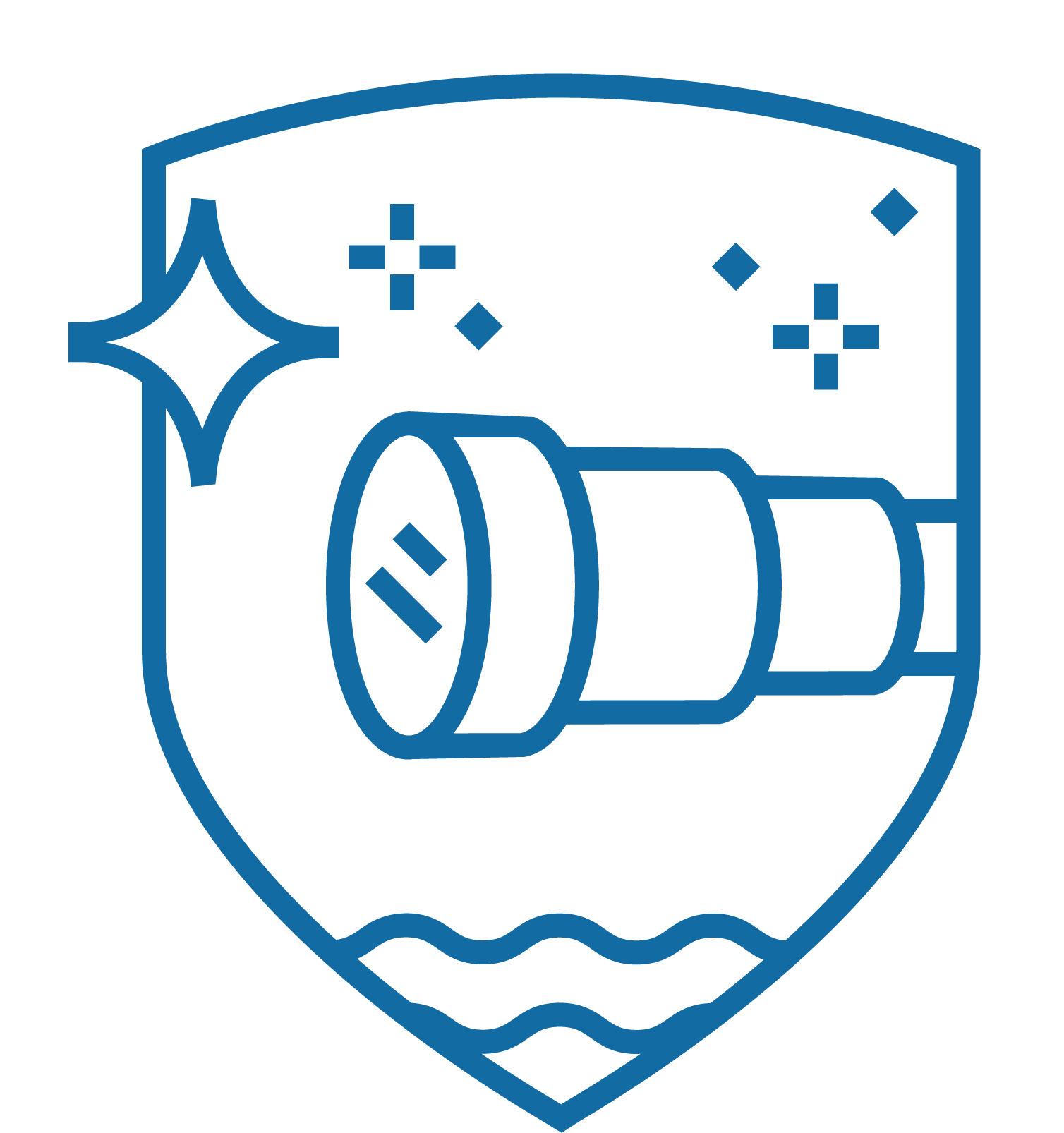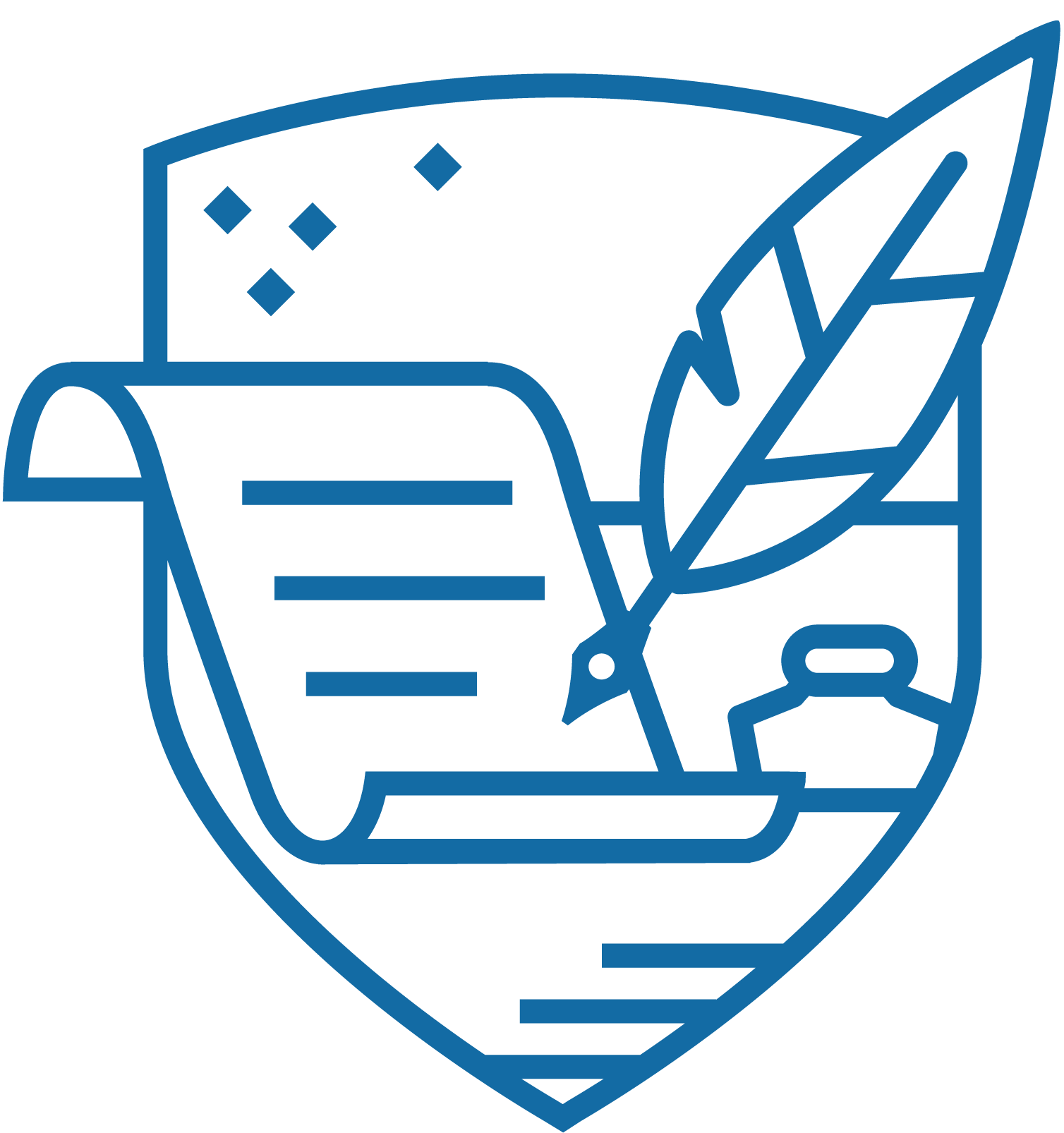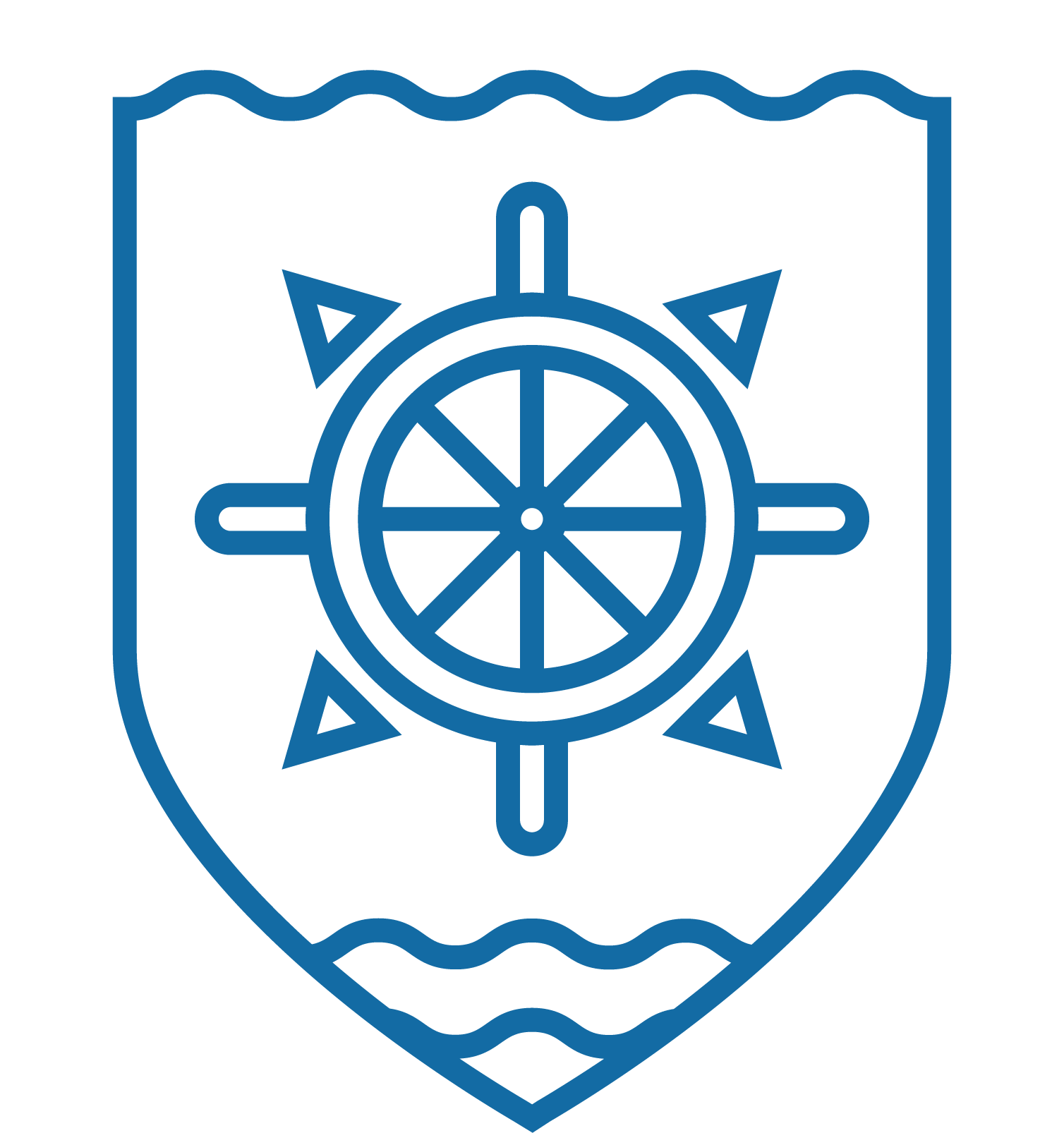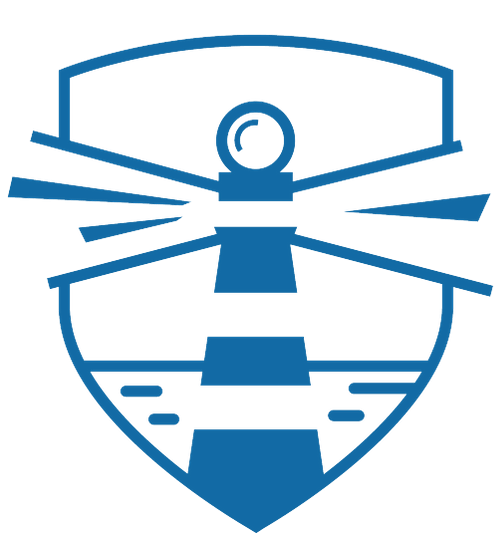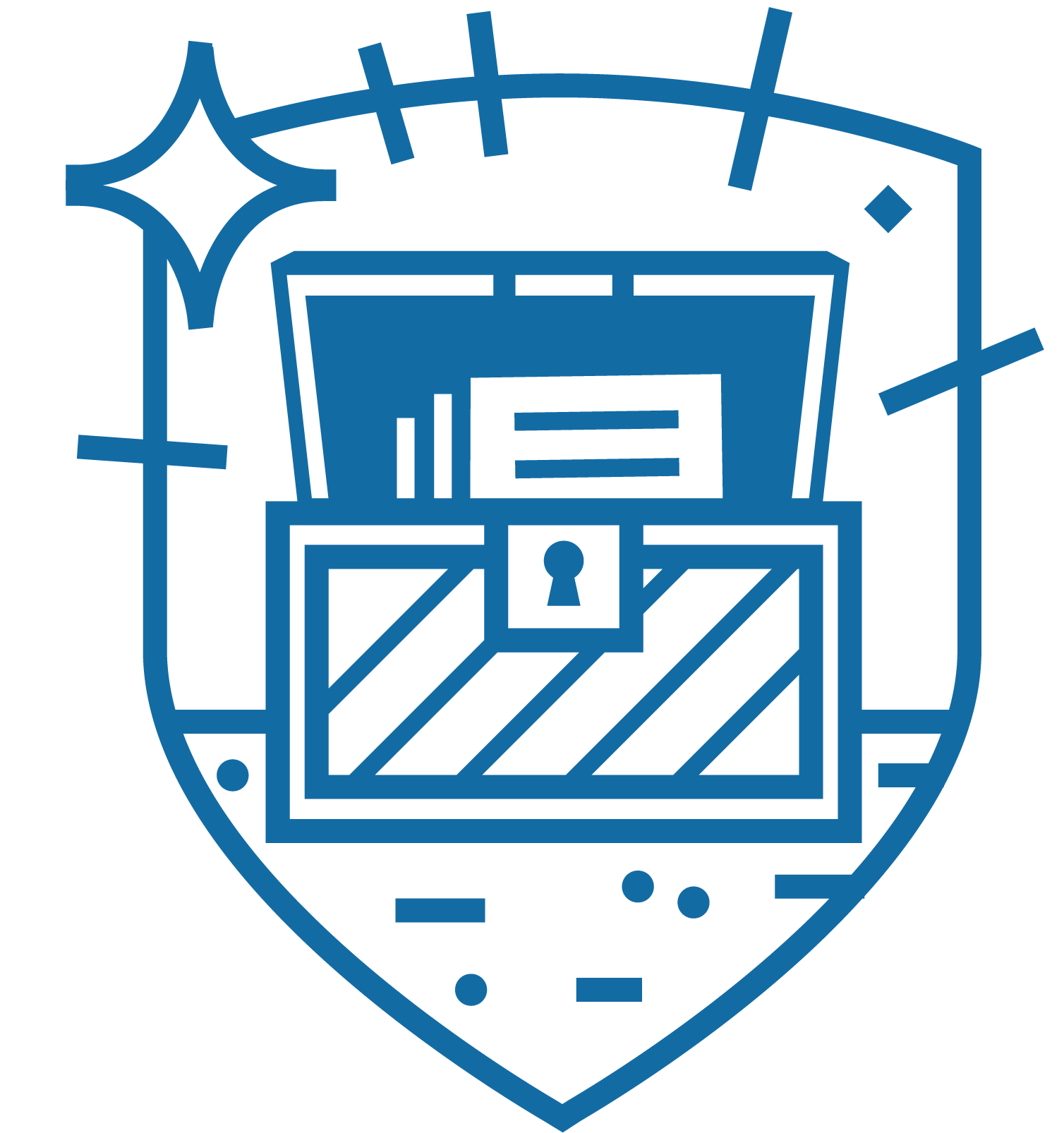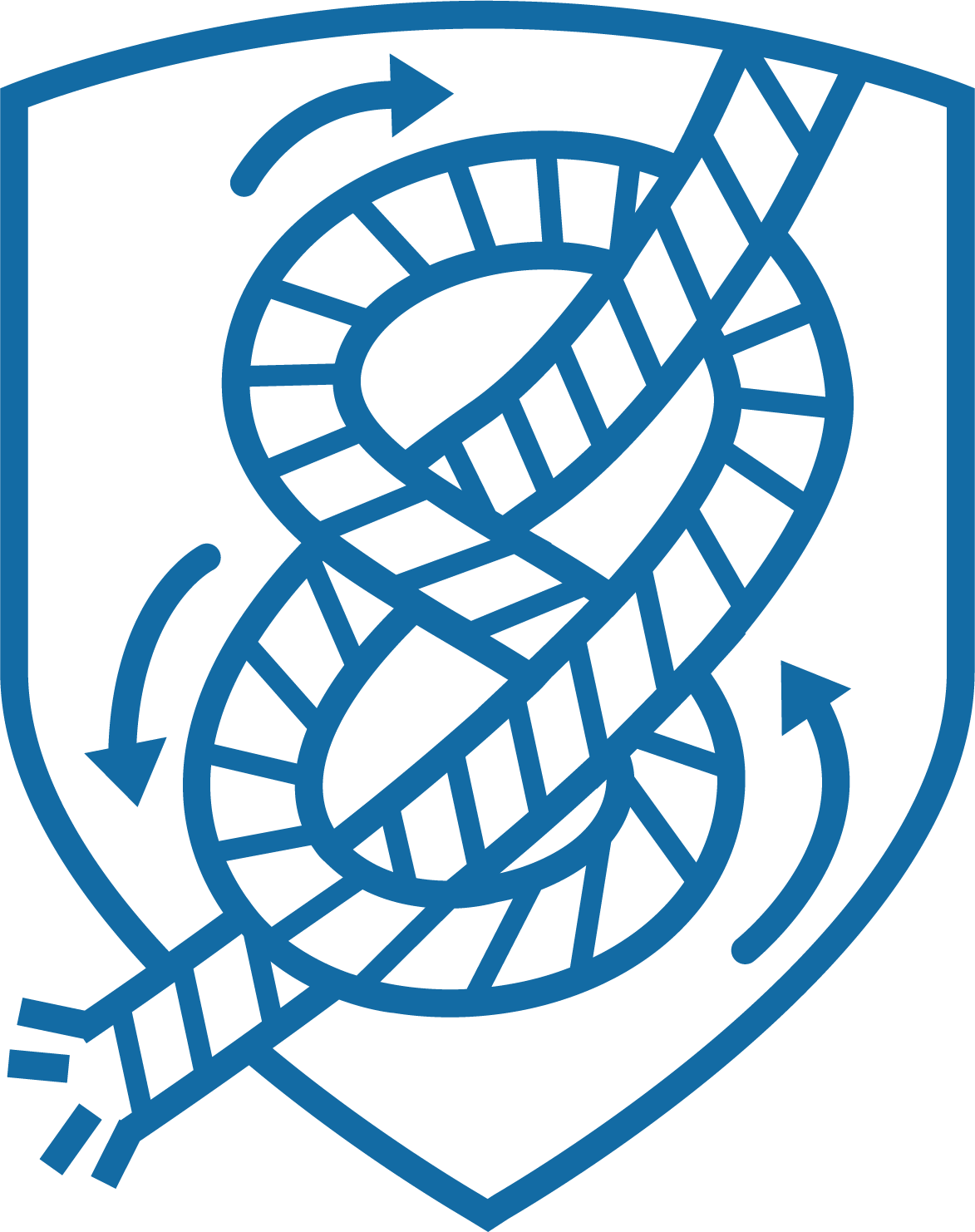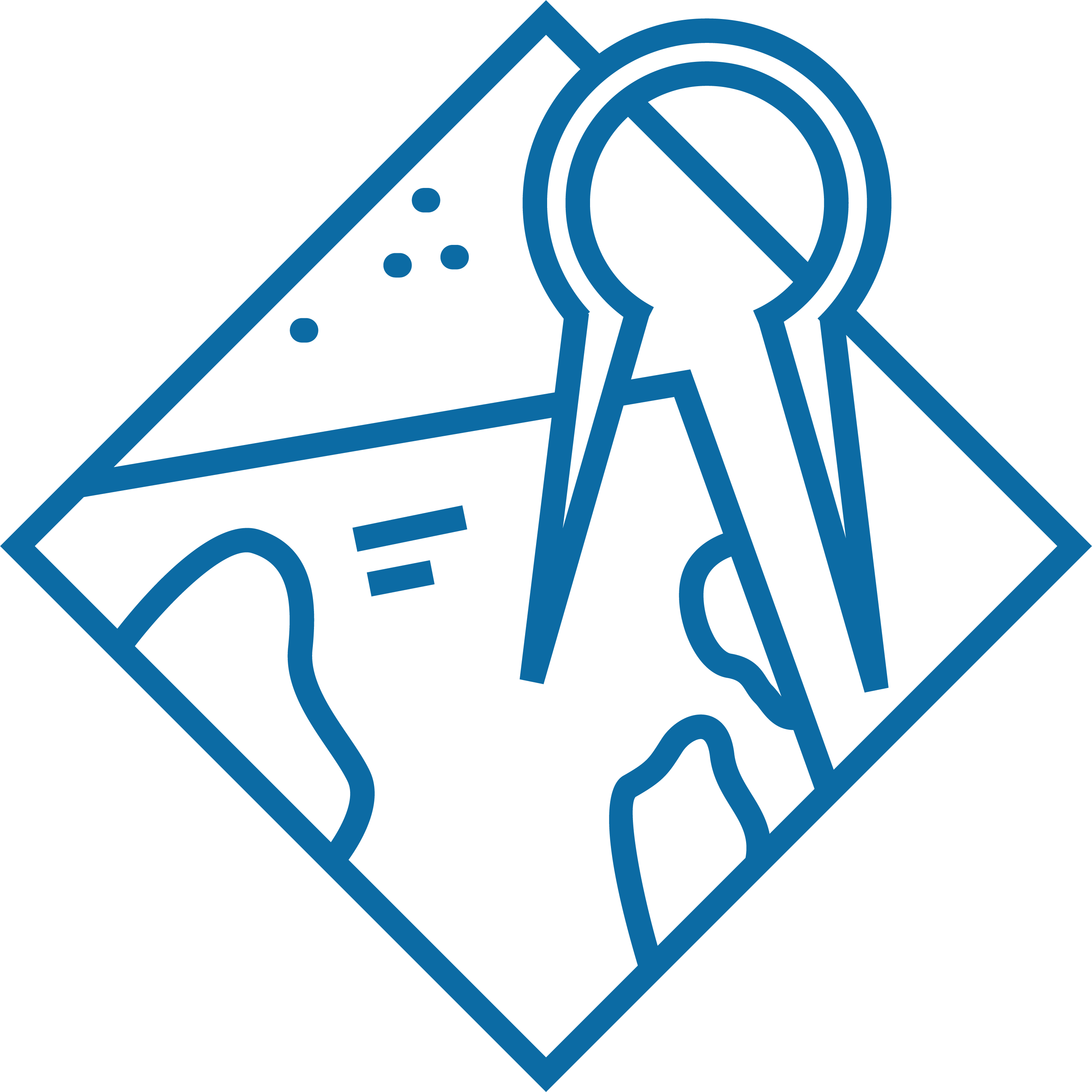Patentman versus Captain Freedom-To-Operate!!!
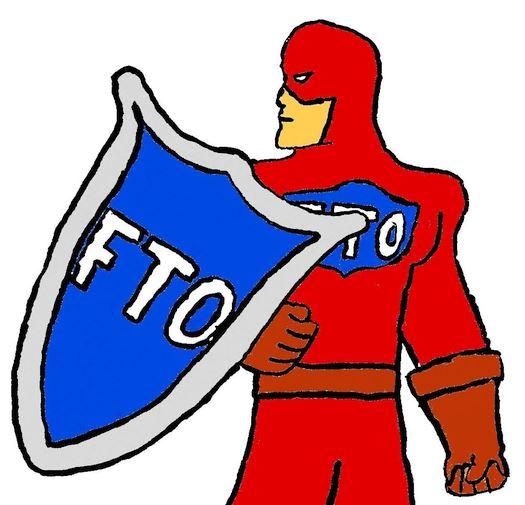
So you run a business which sells sophisticated products, and just realized that you need more Intellectual Property Muscle (IPM)? Who you gonna call?
The first superhero who comes to mind is probably Patentman! His name is well known even on the streets and his track record is strong, but his powers sometimes fluctuate. Employing Patentman can also be expensive, and the confrontations he seeks are not always helpful.
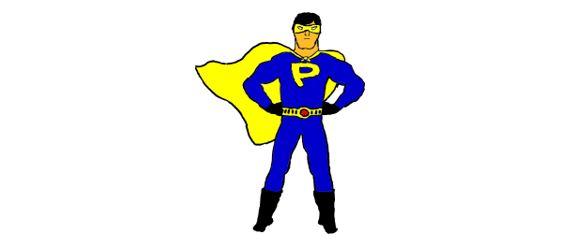
Patentman originates in the most basic aspect of the patent system: each patent defines an exclusive right. This means that the owner of a patent has the right stop others from using the invention specified in the granted patent claim. Patentman always takes the side of a patent owner and guards the owner’s exclusive right.
But you also have the choice of hiring a superhero who represents a different kind of Muscle: Captain Freedom-To-Operate! His services are not as well-known as those of Patentman, even though he serves a broader clientele. The Captain’s powers are purely defensive, and they also have their limitations, but he can be hired at far lower cost than Patentman. Unlike Patentman, he provides quiet and anonymous protection without revealing to outsiders what’s going on in your business.
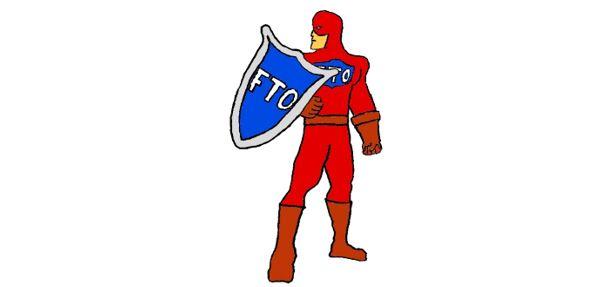
Captain-Freedom-to-Operate can protect any company from their competitors’ patents, regardless of whether the company has any patents of its own. If we know that no feature in your product corresponds to a patent claim which is currently in force, then we also know that no exclusive patent right prevents you from selling your product. You then have full freedom-to-operate.
Let’s look at the powers of these two superheroes more closely.
Patentman
Superpower: The power to prevent others from using technical inventions that you have patented.
How to employ him: Write a patent application and send it to a patent office. The patent office will grant you a Patentman if the application meets the criteria required by patent law.
Strengths: At his best, Patentman is a formidable offensive power who crashes into your competitors’ (unprotected) products with a devastating demand:
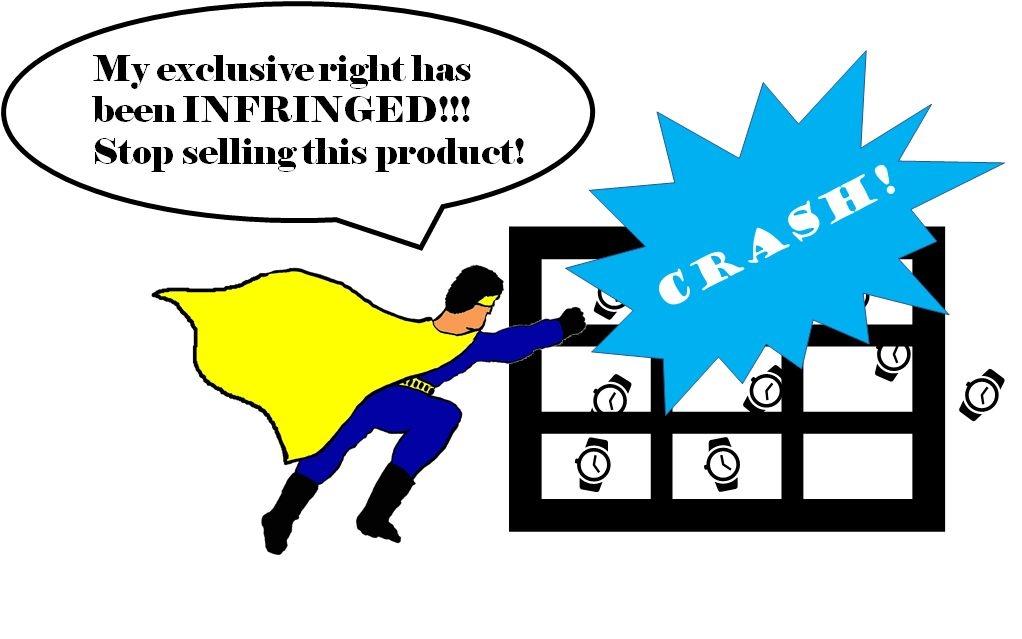 Weaknesses: Patentman will be weak if the claim you wrote in your patent application was badly constructed. Demands made by a weak Patentman will evoke only laughter in your competitors.
Weaknesses: Patentman will be weak if the claim you wrote in your patent application was badly constructed. Demands made by a weak Patentman will evoke only laughter in your competitors.
Captain Freedom-To-Operate
Superpower: The power to ensure that your products do not contain technical solutions that others have patented.
How to employ him: Check existing patent claims when designing and developing your product. When you design your next product, check them again. If some existing patent claim corresponds to a solution you planned to use in your product, work your way around the claim in the early stages of product development. You can also strengthen your Captains by publishing your own technical solutions, which prevents others from patenting them.
Strengths: At his best, Captain Freedom-To-Operate’s slams his shield in Patentman’s face with a simple retort:
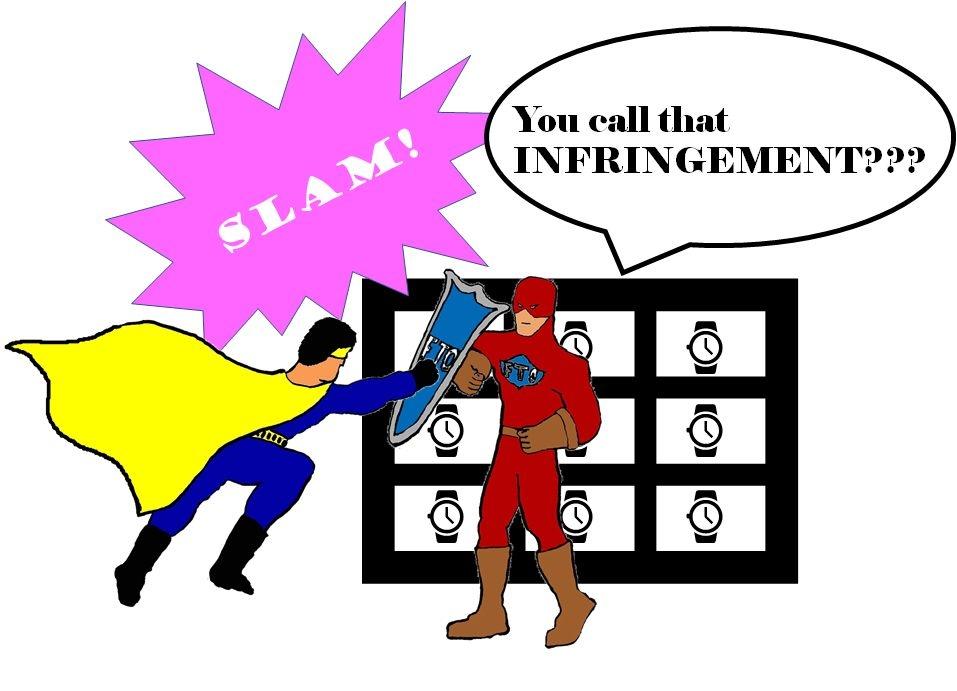 Weaknesses: Captain Freedom-To-Operate only has defensive powers focused on your own products. He has no power over your competitor’s products. Unlike Patentman, he cannot stop anyone from copying a new technical idea that you have invented.
Weaknesses: Captain Freedom-To-Operate only has defensive powers focused on your own products. He has no power over your competitor’s products. Unlike Patentman, he cannot stop anyone from copying a new technical idea that you have invented.
So which superhero do you need: Patentman, Captain Freedom-To-Operate, or both? It depends:
Companies that don’t need Captain Freedom-To-Operate: If you only use well-established technology in your products – technical solutions that are over 20 years old (the usual patent term limit) – then you typically don’t have to worry much about patent matters. Even if you don’t actively seek the protection of Captain Freedom-To-Operate, there is still no risk that you will infringe somebody else’s patent right.
Companies that may need Captain Freedom-To-Operate: If your products contain some recently developed technology but you acquire that technology from external suppliers and don’t do any technology development on your own, then you might be safe from Patentman’s attacks. The owners of Patentmen in this field of technology will probably prefer to attack your supplier instead of attacking you. They would rather have you as their customer. However, there is no guarantee that this would always be the case. To ensure that you won’t face any unpleasant surprises, you should either employ your own Captain or check with your suppliers how strong their Captains are.
Companies that definitely need Captain Freedom-To-Operate: If you actively develop new technologies, you belong to Patentman’s likeliest target group. If you fail to secure Captain Freedom-To-Operate’s protection when planning and designing a new product, a large portion of your product investments may suddenly be liquidated by your competitor’s Patentman. It’s important to remember that Captain Freedom-To-Operate is a product-specific superhero. If you have three products (say, red, green and yellow) which contain different technical solutions, then you need a red Captain to protect your red product, and green Captain to protect your green product, and a yellow Captain to protect your yellow product. In other words, you have to check the technical features of each product separately to make sure that they don’t infringe on any existing patent rights.
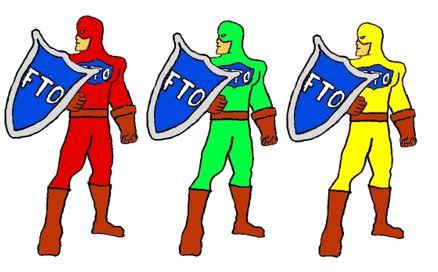
To build a strong Captain Freedom-To-Operate, you could for example (1) find out which subclasses in the Cooperative Patent Classification System correspond to your product’s technology, (2) see if these classes contain any patents that have been granted and are still in force in a country where you intend to sell your product, and (3) check if the granted claims of such patents correspond exactly to a technical solution that you have planned to use in your product. If such a claim exists, then you should look for an alternative technical solution so that infringement is avoided. If no alternative solution is possible, then you might want to prepare for buying a license to use this solution from the owner of the patent. If all this sounds rather difficult, hire a patent professional to ensure that your Captain will be strong and reliable.
Your need for Captain Freedom-To-Operate is not determined by how many Patentmen you own and what exclusive rights they protect. Even an army of your Patentmen can be powerless to stop one of your competitor’s Patentmen from scuttling your product (unless you can prevent your competitors from using their Patentmen against you by threatening to use your own Patentmen against them, but that’s a more complicated story). You therefore always have to employ Captain Freedom-To-Operate as a separate superhero. Conversely, if you don’t own any Patentmen of your own, that will not in any way weaken your Captain Freedom-To-Operate. The two superheroes are, in general, incapable of substituting for one another.
To strengthen your future Captains, it is a good idea to ensure that some written documentation of your product’s technical features is generated, dated and stored each time you put a new product on the market. This documentation may in the future become very useful if you face a situation where your competitor has managed to obtain a patent for a technical solution that you already used in your product before the patent application was filed (which sometimes happens because the examination carried out at the patent office is not perfect). You may then be able to invalidate your competitor’s Patentman with the product documentation you stored and dated.
Companies that need Patentman: Patentman serves technologically progressive companies who actively develop new inventions. Each Patentman protects only one invention, so he is an invention-specific superhero. You should consider employing Patentman if it seems likely that (1) you have made an invention which nobody else has published before, (2) this invention has commercial value and (3) somebody else might also be interested in utilizing this invention commercially. The more certain you are that your invention ticks all three of these boxes, the more likely it is that Patentman can be useful for you. Remember that the inventions you seek to patent do not necessarily have to be implemented in any of your products – all criteria 1 – 3 could very well be met even if you don’t intend to sell any products containing the invention.
The greater the invention, its value, and your competitor’s interest in it, the greater will be the commercial benefits that Patentman can bring you. However, keep in mind that in order to obtain those benefits, you need a strong Patentman. The strength of your Patentman is determined by the quality of your patent application. It is possible to write a patent application on your own, but your Patentman could be very weak if you didn’t write the application well. Only the expertise of a patent professional can ensure that your Patentman obtains his maximum possible strength.
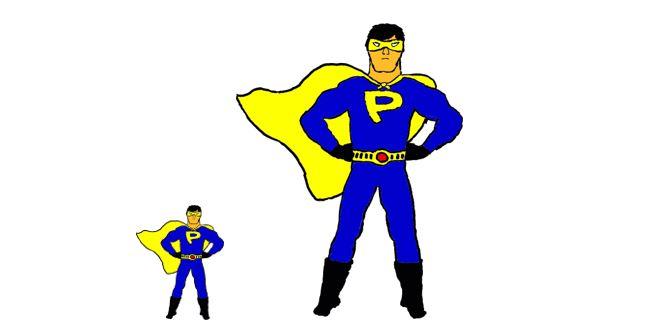
Patentman is not a product-specific superhero like Captain Freedom-To-Operate, but if you do use the invention in one of your products, you should take care to file your patent application before selling that product. The public sale of the product could otherwise prevent the granting of your application.
Patentman is a country-specific superhero. A German Patentman has no jurisdiction in China, and vice versa. You therefore have to employ a separate Patentman in China if you want to protect the same invention there, too. This is easy to do but relatively expensive, so companies often have to put some thought into selecting the optimal nationalities for each of their Patentmen.
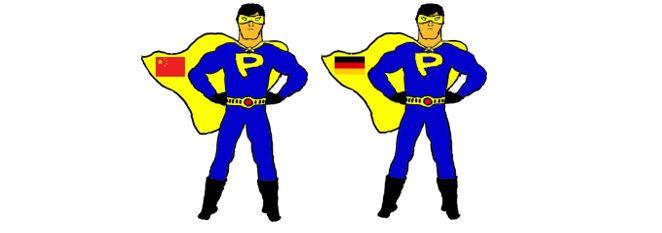
All clear? Call our superhero hotline when you feel the need for more Intellectual Property Muscle!
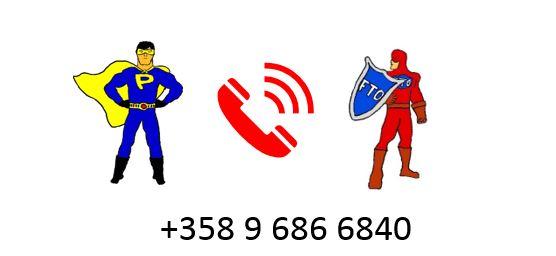
Latest blog articles

Boco IP Top Tier 1 in 2025 IP STARS Rankings also in Patent Prosecution

Boco IP Recognized in Financial Times – Europe’s Leading Patent Law Firms Ranking

INTA 2025 Gathered Professionals from Around the World in San Diego

Boco IP Awarded Gold in IAM Patent 1000 2025 – Recognised as Finland’s Leading Patent Prosecution Firm


